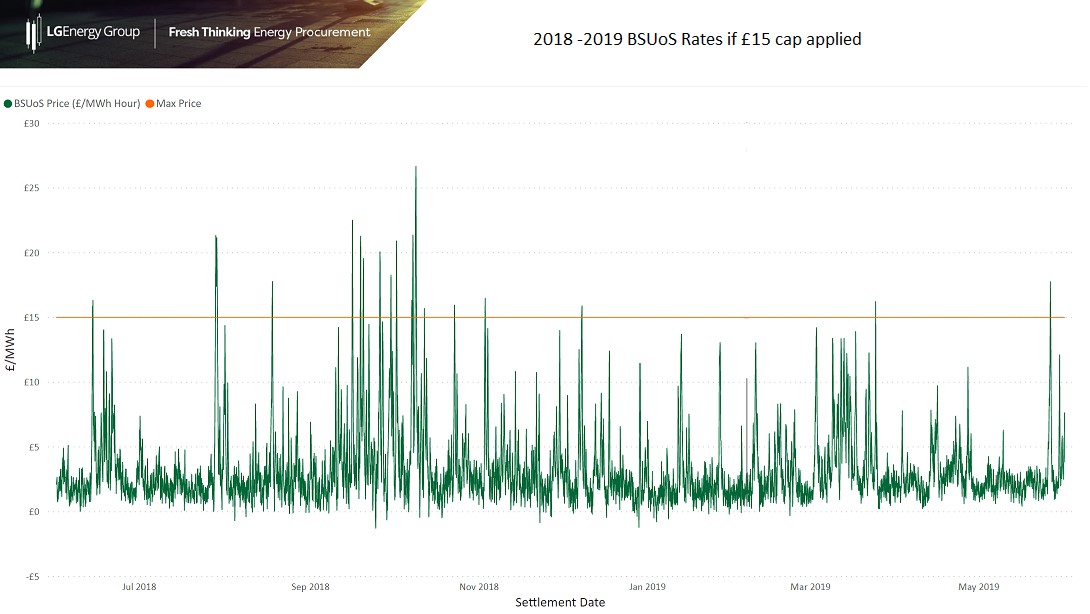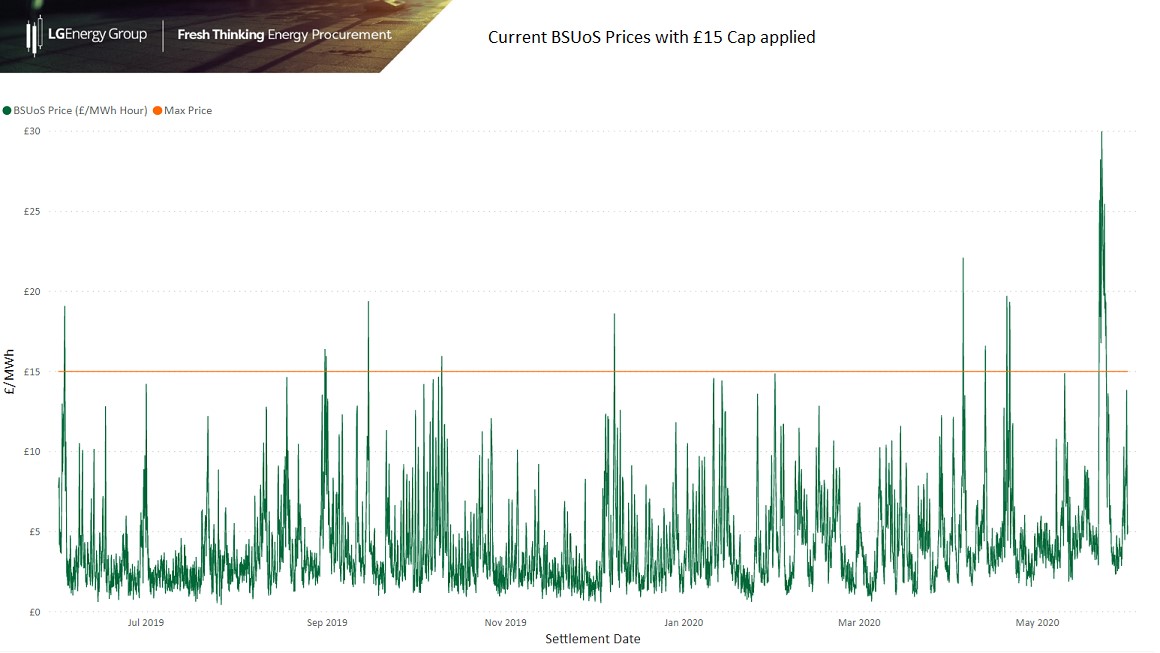The levy is calculated based upon the actions required to balance the system during each half hour period.
In recent years, the grid has become more decentralized; whilst the number of fossil fuel power stations has decreased, smaller, more intermittent renewable generators have come online. As a result, forecasting supply and demand has become more complicated and National Grid have had to work harder to keep the grid balanced. This has led to increased costs which have been passed on to consumers in the form of BSUoS charges.
More recently, COVID-19 has resulted in National Grid experiencing record low demand as businesses furlough staff, pivot to remote working and temporarily close sites. National Grid has estimated that because of these additional complications, there will be a £500 million increase in the cost of managing the electricity transmission system.
Following this forecast, SSE Generation put in a request to the Connection and Use of System Code Panel to defer payment of the additional BSUoS costs and to spread them equally across 2021 and 2022 BSUoS charges.
This was duly considered and Ofgem decided to implement a £15/MWh price cap, applying to each half hourly settlement period until the 31st August. The revenues that have not been recovered due to the cap will be deferred and spread equally across settlement periods in the 2021/2022 financial year.
Ofgem anticipate the amount requiring deferring will only be around 5% of the total costs that would be charged – still, the deferral of costs will be a welcome relief for businesses currently struggling and it will also help spread the cost over more users.
It is not unusual for the BSUoS charge to hit or exceed £15/MWh within each half hour (see Figure 1 below); these peaks are lost in the general fluctuations and average out to a much lower sum, typically around £2-3/MWh. What has changed in lockdown is that the frequency of spikes has increased.
LGE anticipate that;
- BSUoS costs will not be consistently up at £15/MWh. There will be an overall rise in BSUoS costs however.
- A large part is being deferred to next year, when more consumers should be back up and running to share the cost and payback the additional balancing costs.
- BSUoS costs may hit £5 to £6/MWh in some months, which will be higher than forecast but has happened at various times in previous years, this will appear on your BSUoS reconciliation invoice.
- BSUoS costs will not consistently be as high as £15/MWh. However, there will be an overall rise in BSUoS costs.
- Part of the cost is being deferred to next year, when more consumers should be back up and running to share the costs and payback the additional balancing costs.

Figure 1 – BSUoS 2018 -20 19 showing October Spike

Figure 2 – BSUoS costs June’19-May’20
For more information on how your individual BSUoS costs could be affected, please contact your LGE Account Manager or email info@lgegroup.com.
